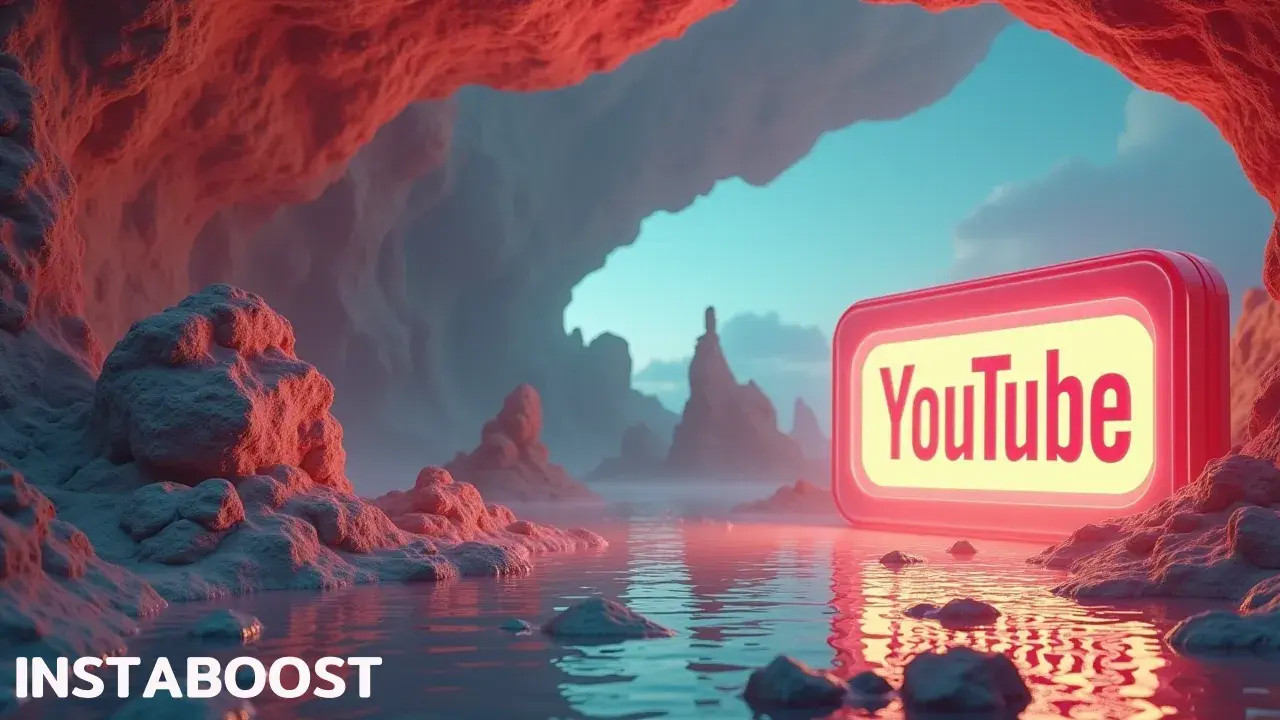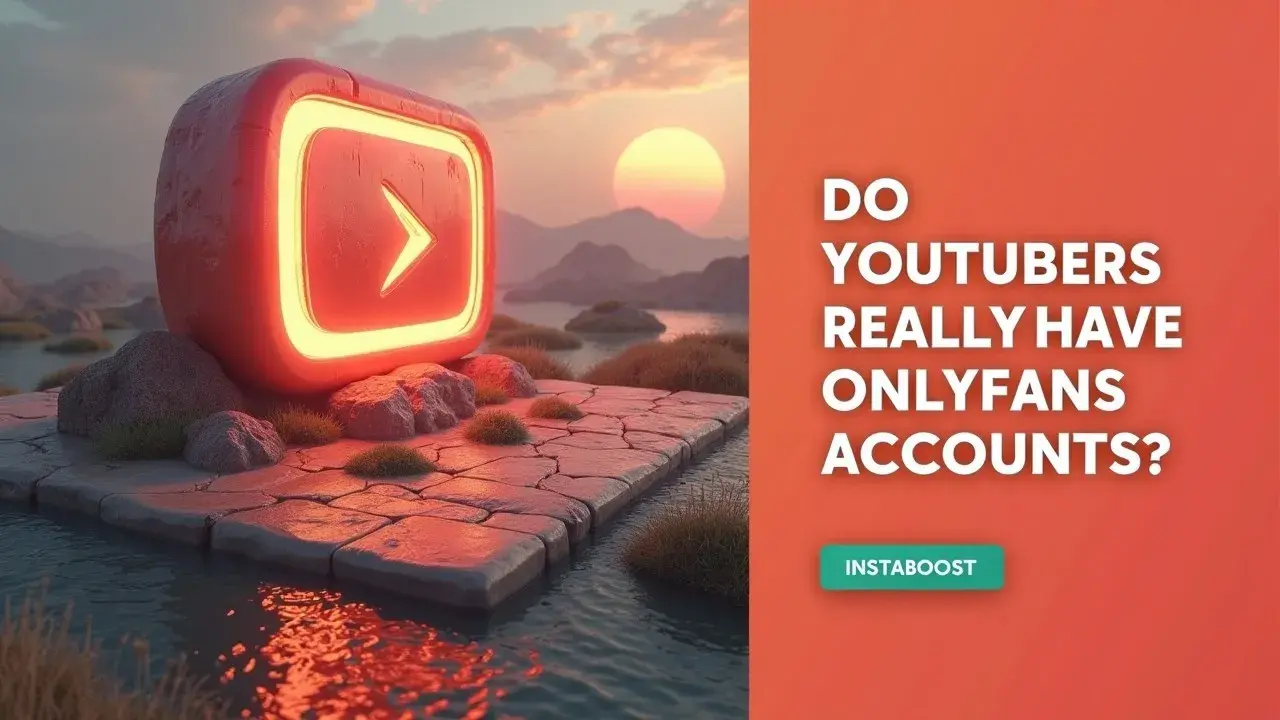Do YouTubers Really Have OnlyFans Accounts?
Many YouTubers operate OnlyFans as a parallel lane for diehard fans. It complements public videos with paid add‑ons organized by tiers and themes, keeping the main feed clean while funding better gear and shoots. Watch time tends to hold steady when posting schedules remain consistent across both platforms. The smart path is aligning add‑on content with the channel’s theme so supporters get clear value without disrupting the core audience.
The Quiet Overlap Between Public Brands and Private Hubs
Plenty of creators with big channels run a quieter, parallel engine their viewers barely see, and yes, that can include an OnlyFans account. The reality is less salacious than headlines suggest – it’s a smart segmentation play. YouTube’s broad stage builds reach and trust, while a subscription platform carves out a paid lane for diehards who want more access, depth, or behind-the-scenes. It works when the offer is structured with clear tiers, predictable themes, and consistent posting, so the public feed stays uncluttered while superfans fund extras like upgraded gear, studio time, and guest shoots.
The best operators track signals that matter – real comments instead of bots, retention on members-only drops, clean analytics that tie promotions to conversions, and collabs that actually overlap audiences, and they’ll sometimes tune top-of-funnel levers to reach more YouTube viewers without muddying the core content. If you’re evaluating a creator’s footprint or building your own, the sharper question isn’t “do YouTubers have OnlyFans?” but “how do they link the two without cannibalizing watch time?” The answer is pretty simple in practice: keep YouTube schedules sacred, treat OF as premium programming, and drive discovery through targeted promotion matched to intent, like callouts on live streams, Discord, or newsletters rather than spray-and-pray links.
For brands and creators alike, this pairing becomes a lever when the content promise is aligned – fitness channels offer form checks and programs, travel vloggers share itineraries and raw planning, and cosplayers provide high-resolution sets and making-of notes. Even paid accelerants can fit the loop if you stick to reputable partners and measure lift against a clean baseline. One non-obvious insight: the healthiest setups look less like a side hustle and more like a member-supported studio, where the private hub funds the public show and both improve together.

Receipts Over Rumors: How to Vet What’s Real
That campaign looked airtight until we took it outside the bubble. The clean way to separate headline gossip from operational truth is to trace the money and the mechanics. If a YouTuber runs an OnlyFans, you’ll usually see connective tissue: regular mentions in live streams, a link hub with UTM tracking, or a pinned comment during high-velocity uploads. Quiet overlap isn’t secrecy. It’s segmentation, and it works when retention signals and real comments show fans understand the lanes. Reputable creators route traffic through a disclosure-safe link stack, keep a steady YouTube cadence, and use subscriber polls to decide what belongs on the paid side.
That pattern beats any rumor thread. If you’re evaluating a creator partnership or considering the model yourself, look for clean analytics, tiered offers with clear deliverables, and targeted promotion that avoids unsub spikes. Quality matters. Use a reputable subscription platform, clear community guidelines, and a testing loop that aligns perks with intent. Buying ads or running trials can speed up discovery if they fit the channel’s theme and you measure cohort retention, not just clicks; some teams even sanity-check third-party growth tools to avoid inorganic spikes, including services people reference when they order YouTube subscribers now, before committing budget.
Creator collabs also signal legitimacy when audiences overlap and messaging stays consistent across thumbnails, captions, and end screens. The question “Do YouTubers have OnlyFans accounts?” is less about morality and more about infrastructure. It works when cross-platform funnels come with safeguards. If the YouTube feed stays on schedule and watch time holds, the parallel lane is likely well managed. Check the creator’s link-in-bio, recent uploads, and fan forums for coherent breadcrumbs rather than dramatic claims. Credibility looks intentionally boring, and that’s how sustainable monetization works.
Blueprints, Not Whispers: Building a Two-Lane System That Actually Converts
If it doesn’t scale on your worst week, it won’t hold on your best. Treat the YouTube-to-OnlyFans bridge like a real product funnel, not a rumor mill. Build a clean spine: a steady upload cadence, a visible link hub with UTM tags, and tiered promises that map to fan intensity. Offer free highlights on Shorts, deeper process breakdowns or AMAs at mid-tier, and bespoke access for top-tier diehards. That’s segmentation, not a brand flip. The creators who win don’t hide the lane; they normalize it with quick, context-rich mentions during high-velocity uploads, then let retention metrics validate the offer, and while surface signals can mislead, even small likes that improve watch metrics can distort early reads if they aren’t paired with meaningful engagement.
Measure in weeks, not days. Watch cohort retention on subs, comment quality over emoji floods, and DMs that reference specific videos. If you use paid accelerants, pick reputable networks and run targeted promotion only on content matched to the subscription theme. Cheap traffic spikes can corrupt analytics and inflate churn. Collaborate with adjacent creators who share an audience thesis, not just follower counts. It compounds trust faster than ads alone.
Safeguards matter. Spell out boundaries, schedule content in batches, and keep main-channel watch time stable by pre-loading videos before any launch. Yes, some YouTubers have OnlyFans accounts, and the sustainable ones treat it like any premium membership platform. Use clear positioning, clean analytics, and a testing loop that iterates headlines, thumbnails, and perks. If you’re weighing an expansion – or even searching “do YouTubers use OnlyFans” to map the landscape – anchor on receipts over rumors, then scale the lane that shows real comments, repeat buyers, and a dashboard that tells the same story each month.
Pushback: Not Every Suggestive Link Equals a Secret Account
Let’s be honest: a lot of advice gets recycled, and the hotter the rumor, the thinner the proof. That’s where careful readers get tripped up. A YouTuber having an OnlyFans isn’t a morality play – it’s an operational question. If the path from YouTube to OnlyFans isn’t visible in the pattern, treat it as weak or as someone else’s affiliate play. Prioritize consistency over sizzle – recurring link hub placements, UTM‑tagged URLs that show up during upload spikes, and real comments that reference specific tiered promises rather than a vague “check my other site,” the same way seasoned channels think about momentum when they get more views on YouTube videos without scrambling their attribution.
Anonymous screenshots and third‑party mirrors are low signal. The moment you see an off‑brand handle, broken naming conventions, or a mismatched posting cadence, you’re likely looking at a fan‑run page or an impersonator harvesting SEO traffic. Pushback isn’t denial. It’s verifying that money and mechanics line up. When a creator truly runs the two‑lane system, you see retention signals rise when link placements are predictable, targeted promotion around collabs, and analytics clean enough to iterate. Even paid accelerants can be smart levers when they come from reputable partners and match intent – set low‑friction trials, measure click quality, and pause if it muddies attribution.
For searchers asking “Do YouTubers really have OnlyFans accounts?,” the reliable tell isn’t racy thumbnails but disciplined funnel behavior – pinned comments during high‑velocity uploads, a maintained link hub, and promises that map to tiers. If you don’t see that spine, treat claims as unproven rather than impossible, keep your safeguards, track the naming and cadence and data, and then decide.
The Quiet Math: When Speculation Meets Systems
This wasn’t for applause. It was for clarity. If you came wondering whether YouTubers really have OnlyFans accounts, the honest answer is that some do, and the ones worth studying leave footprints you can measure. Look for the two-lane system that runs in public view – steady uploads, a visible link hub, and tiered promises that line up with fan intensity. That isn’t gossip. That’s architecture.
The smarter question isn’t whether a creator would do OnlyFans, but whether their YouTube-to-OnlyFans bridge acts like a real funnel with retention signals, comments that match the offer, and clean analytics tied to trackable promotions. Paid accelerants can work – targeted promotion, creator collabs, even testing a reputable ad buy – when they match intent and are backed by UTM discipline and a tight testing loop, and the same discipline applies when you popularise your YouTube content through share mechanics that align with your funnel. If you’re building, treat YouTube as the showroom and OnlyFans as the members’ floor – one brand throughline, calibrated access, and no broken promises.
If you’re researching, hold to the same standard. When there’s no visible pattern, assume affiliate noise or an audience mismatch. For creators who need speed, acquiring a qualified, monetized YouTube channel in your niche can compress setup time if your content fits the existing theme and you keep a consistent schedule. This is how rumor turns into reality. You stop chasing heat and start reading systems. The quiet insight is that the presence of an OnlyFans isn’t the signal – the health of the lanes is. If it can’t scale on your worst week, without drama and with safeguards in place, it won’t hold on your best. That’s how you win the search term and the season, not just the day.
The Funnel You Can Actually See
If you want to check whether YouTubers actually run OnlyFans accounts, look where signals line up, not where rumors do. Real creators usually run a two-lane system you can track over weeks: steady YouTube uploads that hold watch time, a link hub in the bio, a pinned comment, or a Linktree that doesn’t bounce viewers around, and tiered promises that match fan intensity without cannibalizing the main channel. The tell is coherence. Thumbnails and shorts hint at themes that show up as paywalled sets, collabs land on both platforms within a 72-hour window, and targeted promotion uses UTM links or unique codes so they can tie sub spikes to specific videos, while some teams quietly buy targeted YouTube growth packs to fuel early tests without distorting the content cadence.
Comments act like proxy analytics. When viewers reference the offer, like “that behind-the-scenes set was worth it,” instead of vague thirst, you’re seeing retention signals, not just hype. If you’re building this bridge yourself, pair consistent posting with clean analytics and a tight feedback loop. A/B test link placement, tune tiers to actual demand, and partner with reputable creators whose audiences already overlap your theme. Ads and promos accelerate when they match intent and are measured against churn, not just trials. A YouTube-to-OnlyFans funnel works when the public lane stays valuable on its own, the premium lane delivers on the promise, and both lanes talk to each other through trackable promotions and real comments. That’s the quiet math. It’s not about catching someone out. It’s about spotting an operational system that compounds. If the pattern is visible, follow it. If it isn’t, treat it as an affiliate detour or a test and move on.















